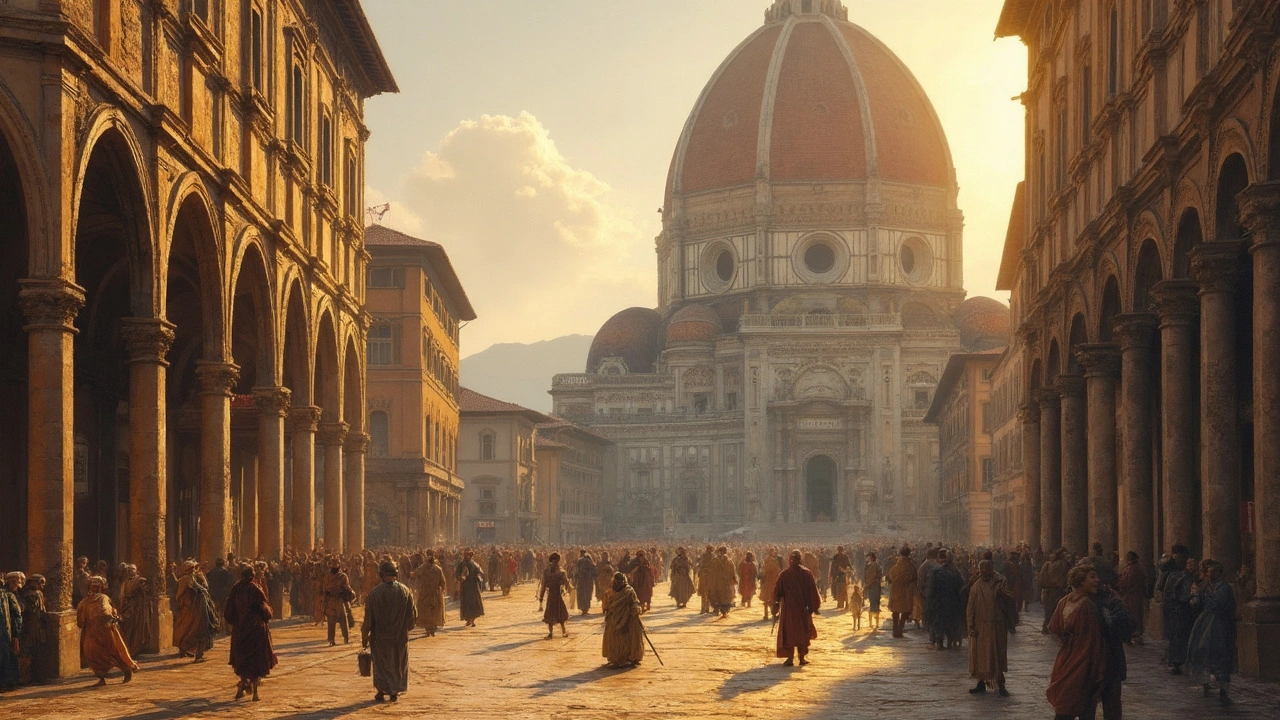Explore the fascinating world of Renaissance architecture, from the domes of Florence to the columns of Rome. Discover artists, design secrets, and why this era still shapes our cities.
Classicism in Architecture: What it Means and Why it Still Matters
Classicism refers to architecture that borrows from the forms, rules, and ideas of ancient Greece and Rome. You see it in balanced facades, columns, pediments, and careful proportions. It’s not just old buildings—classicism shows up in city halls, banks, and even modern houses that want a timeless feel.
Its roots go back to antiquity, but classicism returned again and again: during the Renaissance, the Georgian and Federal periods, and later in Beaux-Arts and Neoclassical revivals. Each era kept the core ideas—order, symmetry, and clear geometry—but added local taste, materials, and new construction methods.
So what makes a building “classical”? Look for symmetry, a clear base-body-top composition, and repeated elements like columns or pilasters. Proportions matter—windows, doors, and cornices are arranged to feel balanced. Ornament is present but controlled: you’ll find carved capitals, friezes, and cornices that add detail without chaos.
Quick ID guide: simple things to spot on a walk
Here are quick, practical signs you’re looking at classicism rather than another style:
- Columns or pilasters in orders (Doric, Ionic, Corinthian) — even shallow ones count.
- Pediments above doors or windows — the triangular gable borrowed from temples.
- Strict symmetry — matching windows and doors on either side of a center line.
- Horizontal divisions — a visible base, a main body, and a crowning cornice.
- Masonry or smooth stucco facades rather than wildly textured materials.
- Grand stair or portico that gives a sense of ceremony on approach.
Where classicism shows up and what to read next
Classicism appears in many guises. Greek Revival dresses towns in temple-like fronts, Beaux-Arts fills cities with grand public buildings, and Colonial or Georgian variants adapt classical ideas to local needs. On this site you’ll find articles that dig into these versions—posts like “Greek Revival Architecture: Iconic Style,” “Beaux-Arts Architecture: Timeless Glory,” and deeper histories like “Ancient Roman Architecture Techniques.”
Want to compare old and new? Check pieces on how Beaux-Arts shaped modern urban landscapes and articles that contrast high-tech or neo-futurist ideas with classical order. That helps you see how classicism still informs proportion, ceremony, and civic presence today.
If you’re studying a building, start with the facade: note symmetry, column types, and how ornament is used. Take photos of the cornice and entrance for later comparison. Classicism rewards close looking—once you know the signs, you’ll spot echoes of Greece and Rome everywhere.
Explore the linked posts for case studies, preservation tips, and visual examples. Classicism isn’t fossilized history; it’s a language architects keep using, rewriting to fit new places and purposes.

